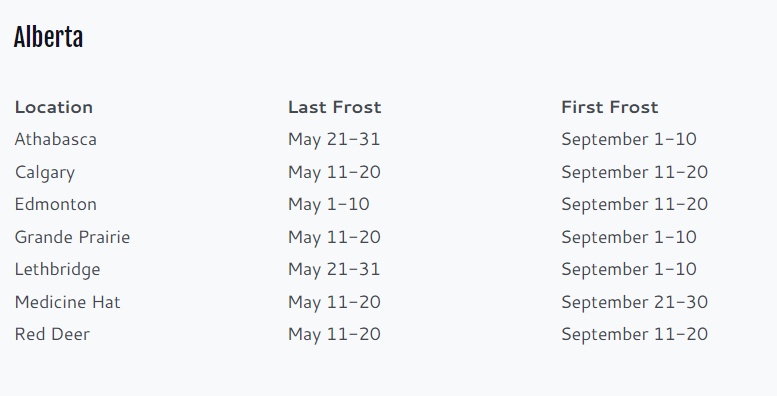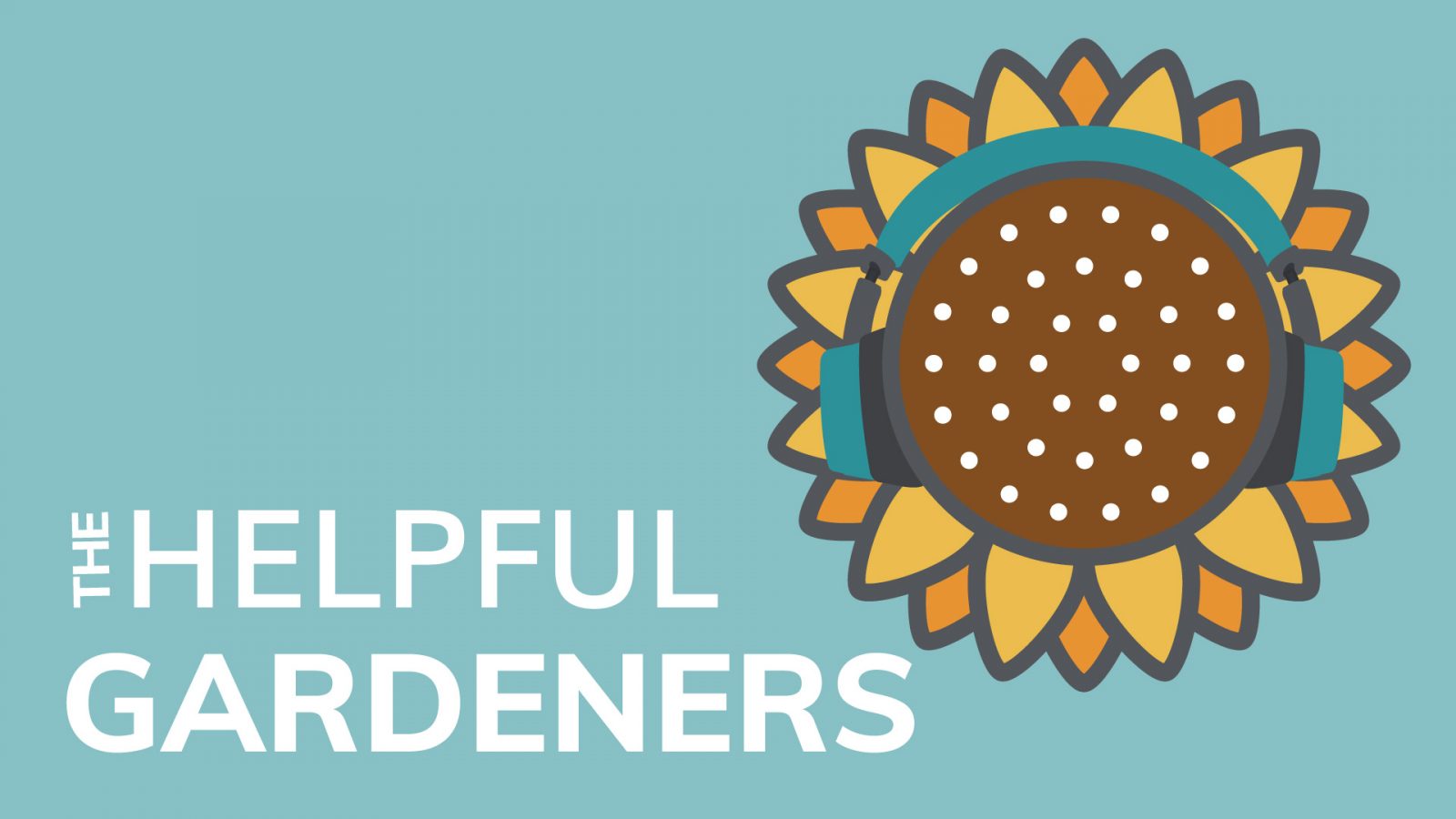Welcome back to the Helpful Gardeners Podcast!
What’s the one thing we’re seeing in every basket and cart at the greenhouse this week? SEEDS! We are buzzing with excitement! We thought it was an important time to talk about the things you should consider before committing to a seed haul.
TIMECODES
00:00 Introduction
04:00 Look back – what changed in your life?
06:30 Calgary Horticultural Society
09:18 What you should grow and how much
13:55 Prepare for bugs and disease now?
19:52 Consider the vessel and consider starting seeds in that
23:58 Is crop rotation feasible?
26:03 Hypothetical Question of the Week
GARDEN PLANNING
Review last year
Think back to last and year and determine what worked and what didn’t. Then, think about what has changed in your world. Did the neighbour install a tree that has changed the light exposure on your garden? Did a house get torn down and now your garden is more susceptible to wind and dust? Did your lifestyle change and now you need to take into account the additional time and space you need to accommodate a new family member? Just remember that gardening is personal journey. Don’t spend time comparing yourself to others, because they aren’t you. Regardless if you choose to start seeds, buy pre-grown plants, or grow just flowers and buy your produce from the grocery store or farmers market, you are a gardener.
Moving Forward
Think about how you garden will look in the summer, and then work backward. Plant seeds at the recommended distance or, if you’re starting inside, plan how many plants will fit in a row at the recommended distance and plant a few more in case some don’t make it.
What kind of varieties will you grow? This depends on why you’re growing your garden. If you’re teaching your family about food and flower production, you may want to stick to the common varieties. On the other hand, you may want to grow unique varieties in the garden that you won’t have access to in your weekly grocery run like the Pink Bumblebee tomato.
Last year, did you wish you had more pots and hanging baskets to enjoy? Think of all your spaces and consider starting your pots and hanging baskets inside if you have the room. You can plant seeds directly in them!
Prepare for Bugs & Disease now
While some varieties of food and flowers are more susceptible to bug and disease damage than others, there are things you can plan for now to protect all of your plants during the growing season. Plan ways to increase airflow by not crowding plants. Keep your garden bed clean by ensuring you can reach areas to weed and detect problems early.
Crop Rotation
There are many benefits to crop rotation like nutrition and bug and disease prevention. But…is it feasible? During the growing season, your plants will pull certain nutrients from the soil or attract specific diseases. So, feasibility depends on what you own. If you are on a homestead, then you may more room to play with rotating crops. If you are in the city and own a property that comes with sun exposure and airflow challenges, then you may want to focus more in companion planting, soil amendment, and fertilizer to combat some of those challenges mentioned above.
SEED STARTING CHART
If you are thinking about starting some or all of your garden from seed this year, you may need to start some of your plants indoors. Some seeds, like peppers and tomatoes, need longer grow times. On the back of many seed packets, you’ll see a note suggesting to start indoors 6 weeks before the last frost. Gardeners across the country are interested in knowing when the ‘last frost’ is because it tells us when we can start planting outside…. roughly. Weather can always change from year to year, so we do need to have things like frost blankets and plans in place to cover tender seedlings should we get the famous May Long Weekend snowfall. Below is a link to some rough ‘last frost’ dates.
LAST FROST GENERAL DATES - CANADA
It’s important to look at the back of your seed packets to understand how long certain varieties take to grow. However, here is a general outline for the Calgary area that we’ve put together
CHECK OUT OUT 'HOW-TO' GUIDESCOMING UP… THE SEED STARTING MINI SERIES
March is Seed Month on the Helpful Gardeners Podcast! Each week will feature a different seed group! Learn how to grow, maintain, and harvest the different flowers and veggies you’ll be growing in your garden this year! The great thing about seeds, is that scientifically, they all pretty much grow the same regardless of where you are in the country. However, we will cover topics like final frost, bugs and disease, what equipment you’ll need, fertilizer, water restriction tips, and if you can sneak in two growing cycles to increase your annual harvest.
March 3 | Tomatoes & Peppers
March 10 | Root Vegetables – Carrots, Turnip, Beat, Radish, Onion, Potato,
March 17 | Leafy Greens & Herbs – Lettuce, Spinach, Kale, Kohl rabi, Basil, Thyme, Sage, Rosemary, Lavender,
March 24 | Vines & Climbers – Peas, Beans, Gourds, Squash, Zucchini, Cucumber, Pumpkin,
March 31 | Flowers – Annual, Biennial, Perennial, Wildflowers –
HEAR COLIN'S INTERVIEW ON CBC'S 'THE HOMESTRETCH'!Hypothetical Question of the Week….
What’s your companion plant?
Colin | Depending on how I’m socially feeling that day, I’d want to either have the barbed hedge from Sleeping Beauty or clover to attract all the bunnies!
Brandi | I’d want a bonsai to inspire patience and slowing down in my life.
*************************
CONNECT WITH US
Thank you so much for supporting our podcast and for making the world a more planty place. Please subscribe, leave a rating or review and listen in for new gardening discussions every week!
Subscribe to our show on Spotify, Apple, and Google
Leave an anonymous voicemail and be featured on the show!
Instagram / Facebook
Email us info@goldenacre.ca (SUBJECT: PODCAST)

